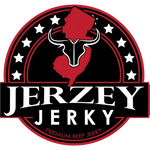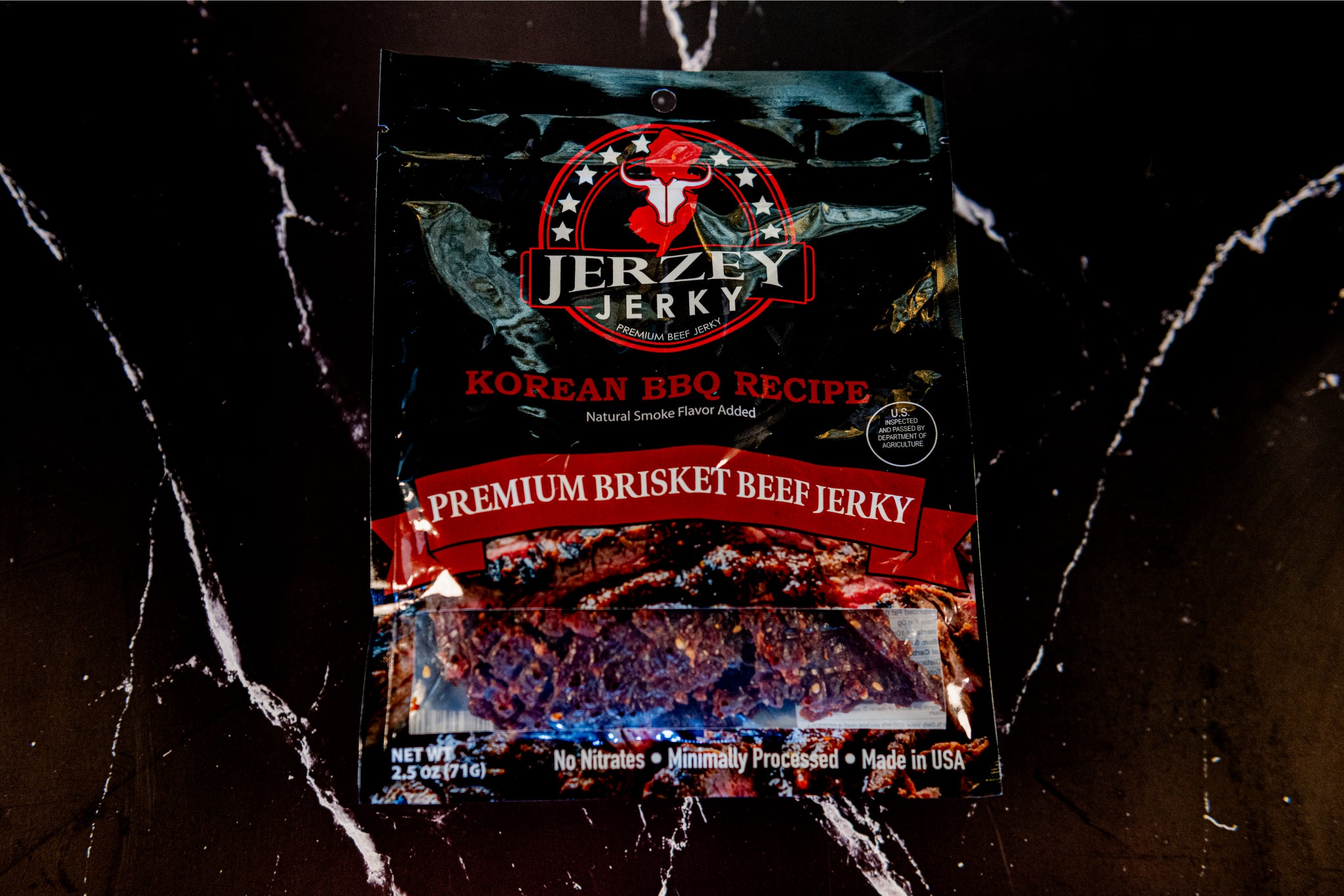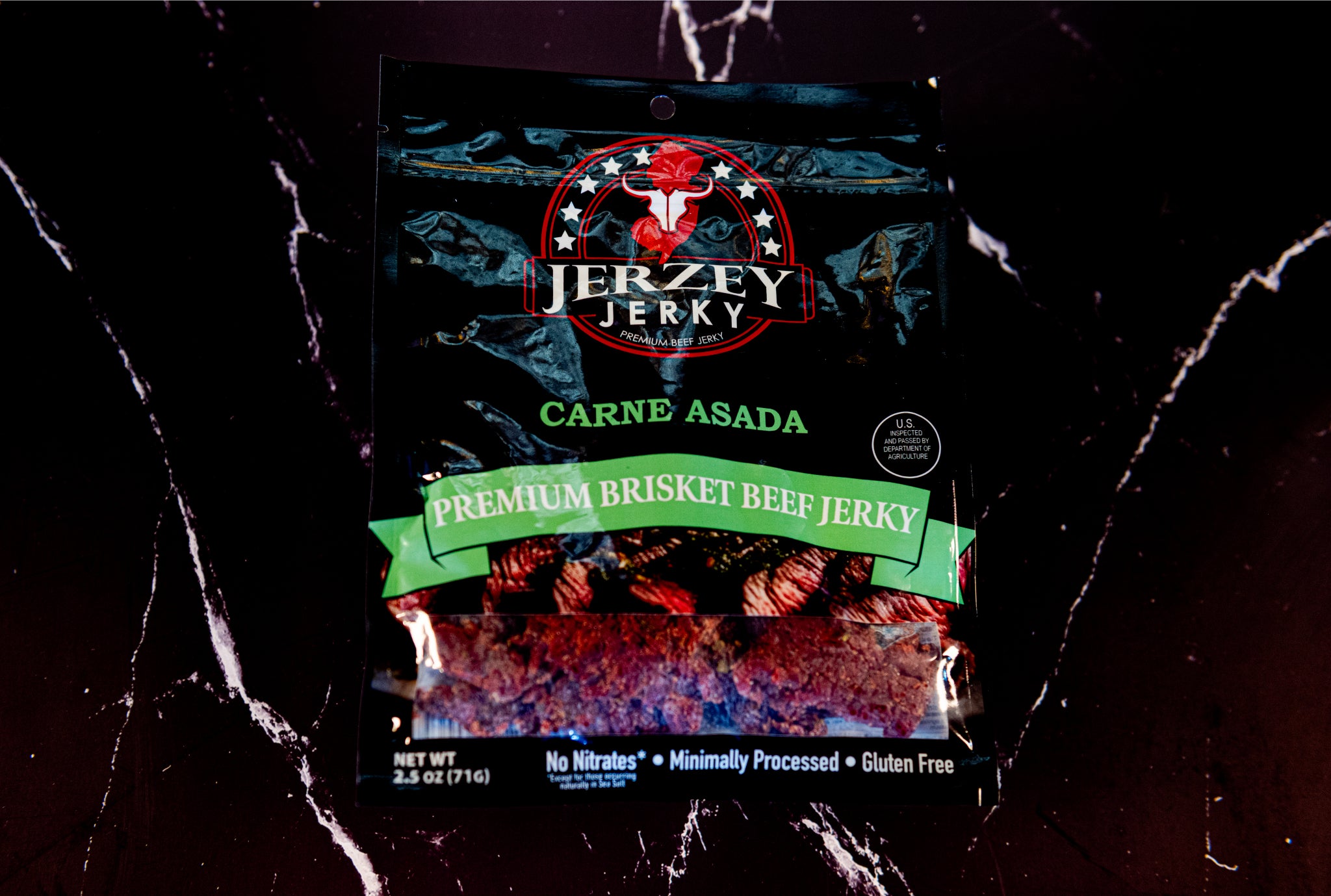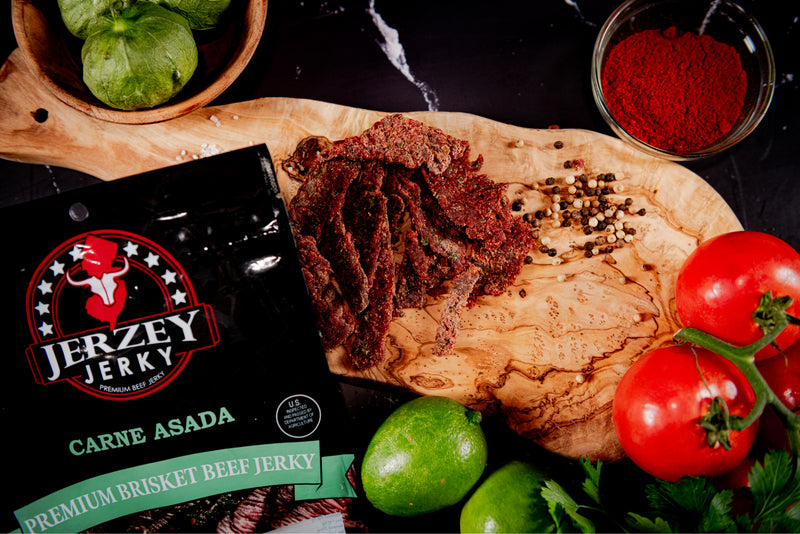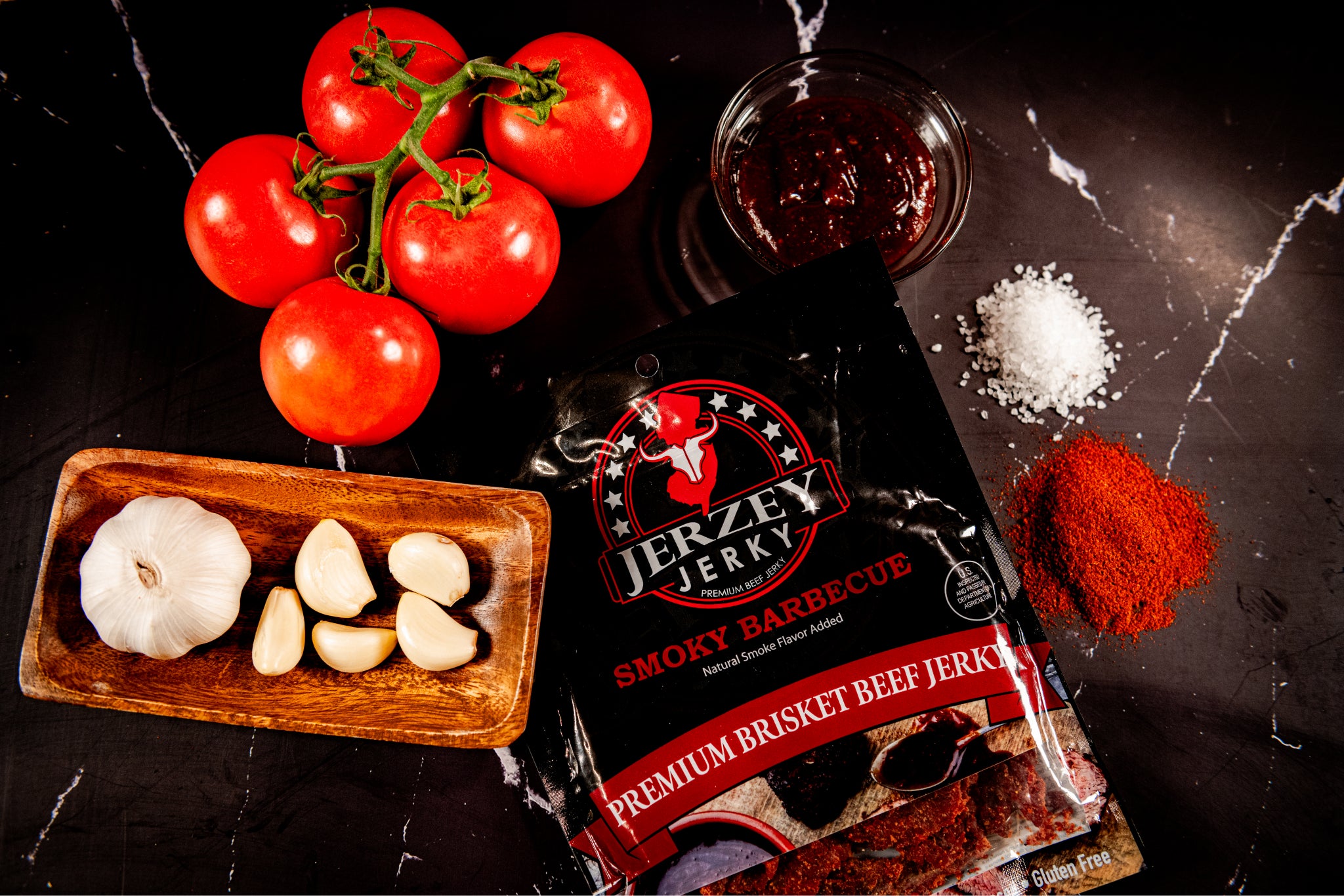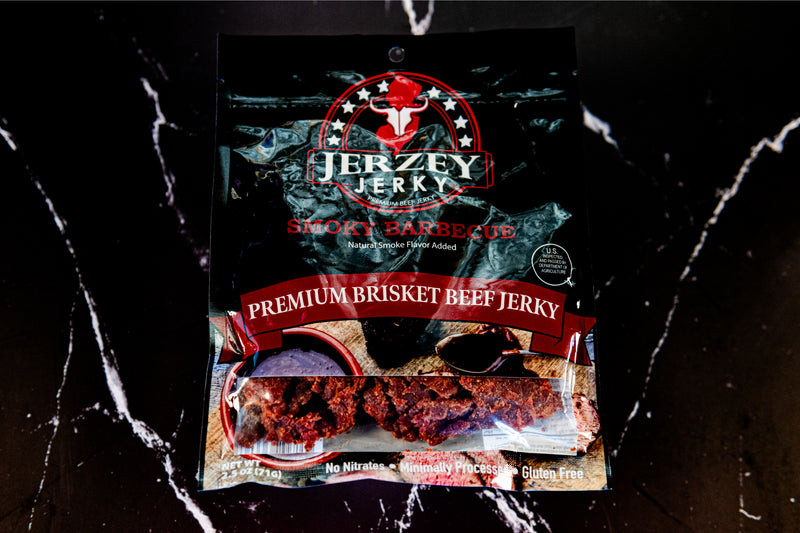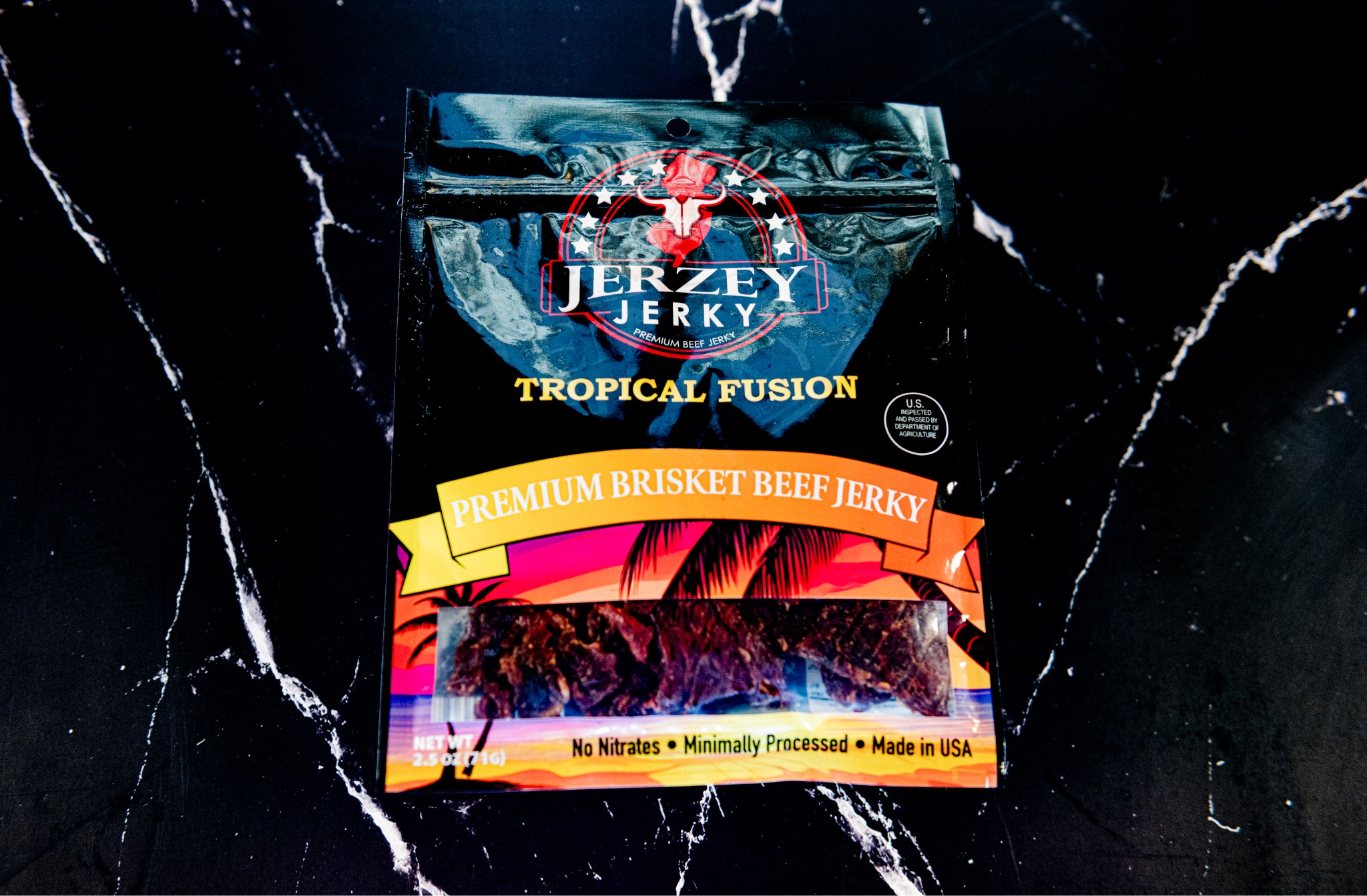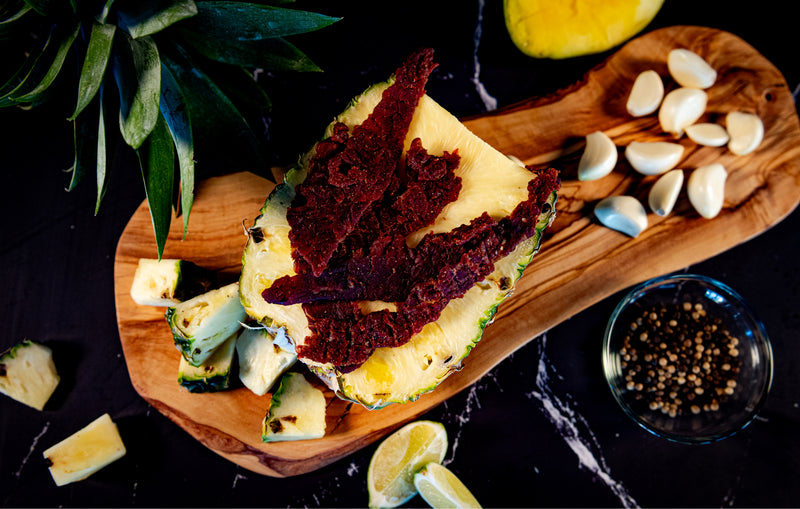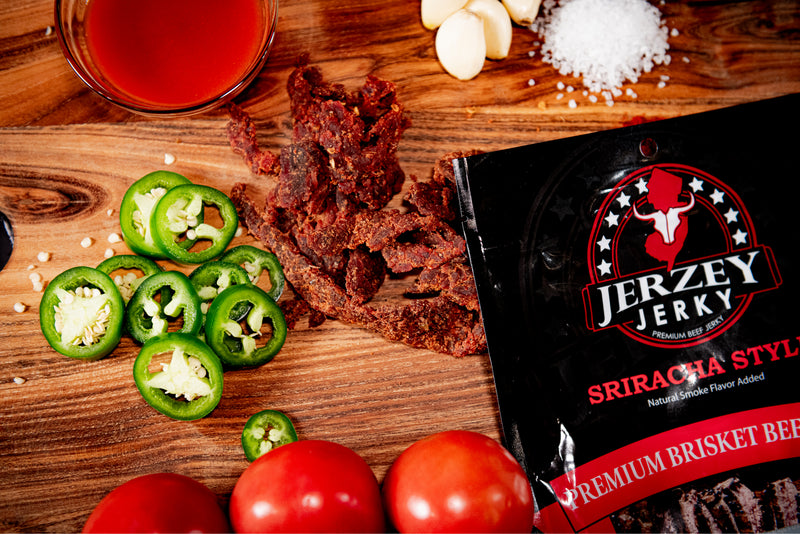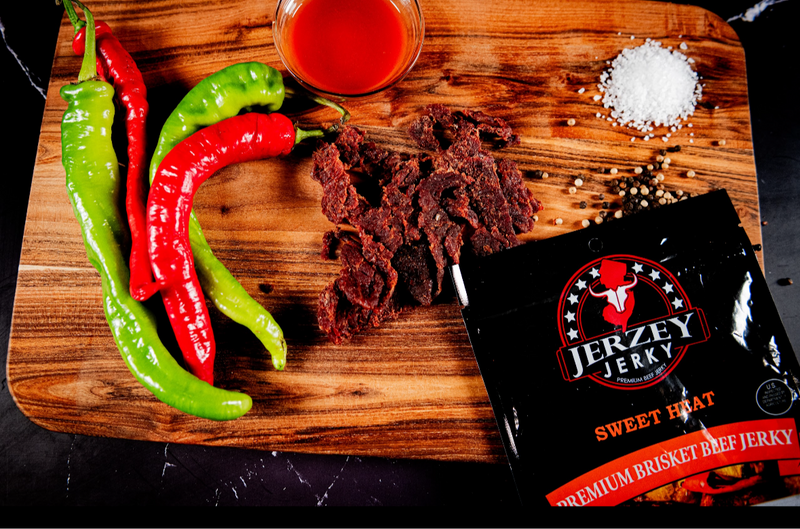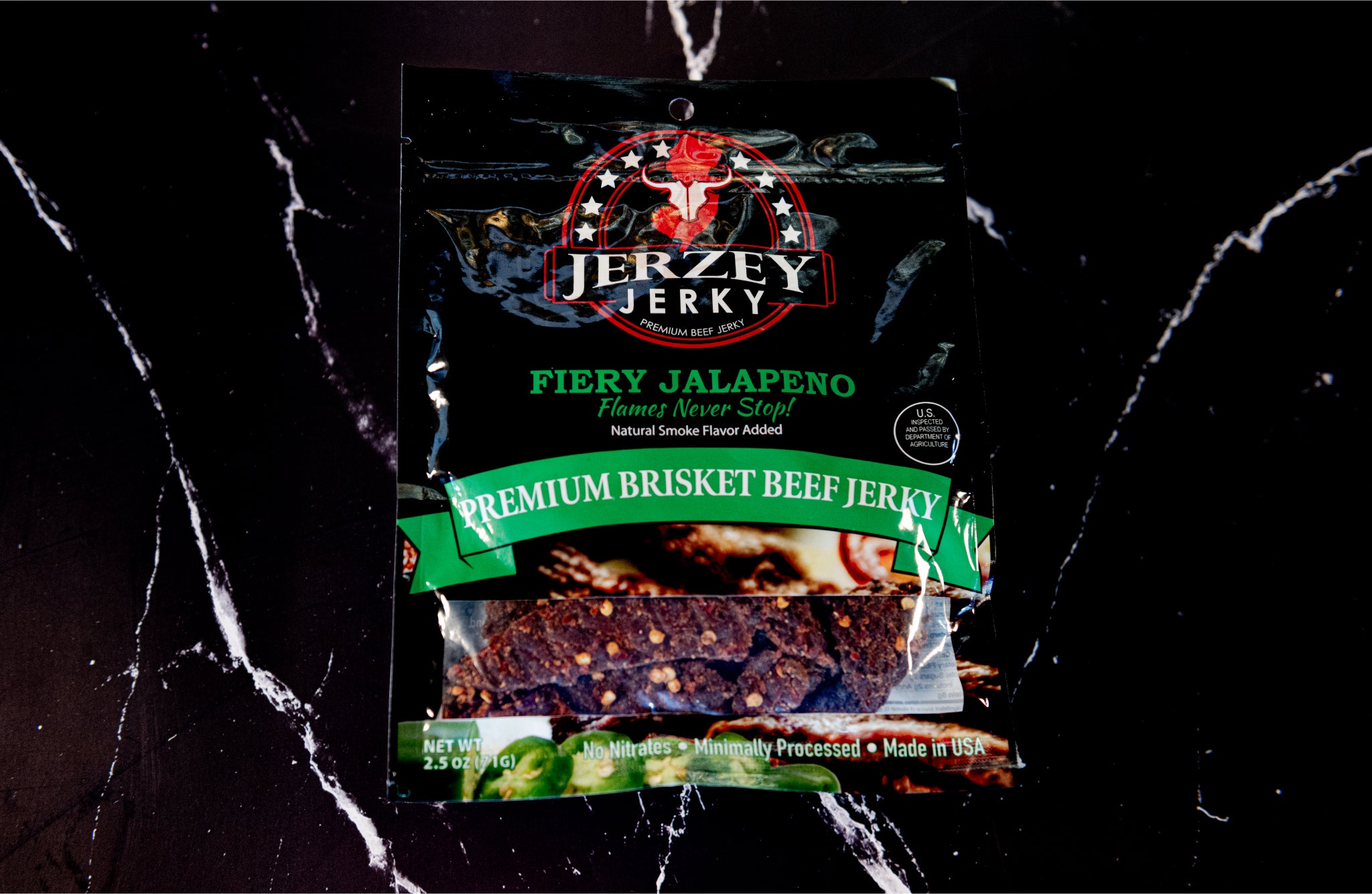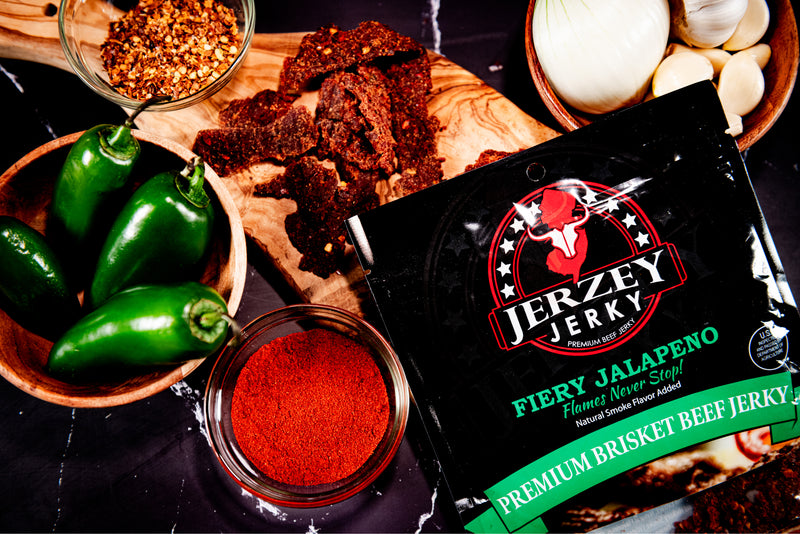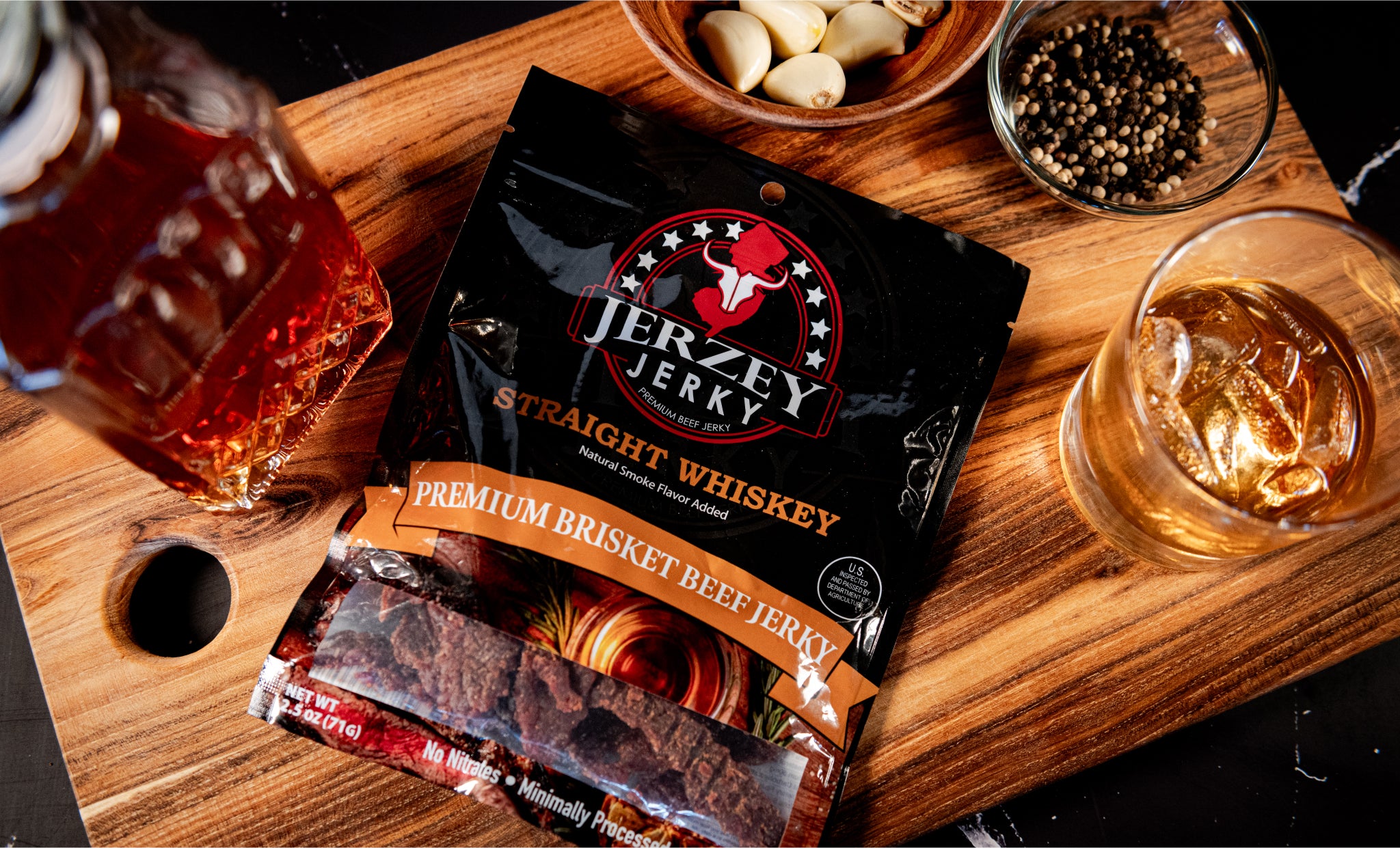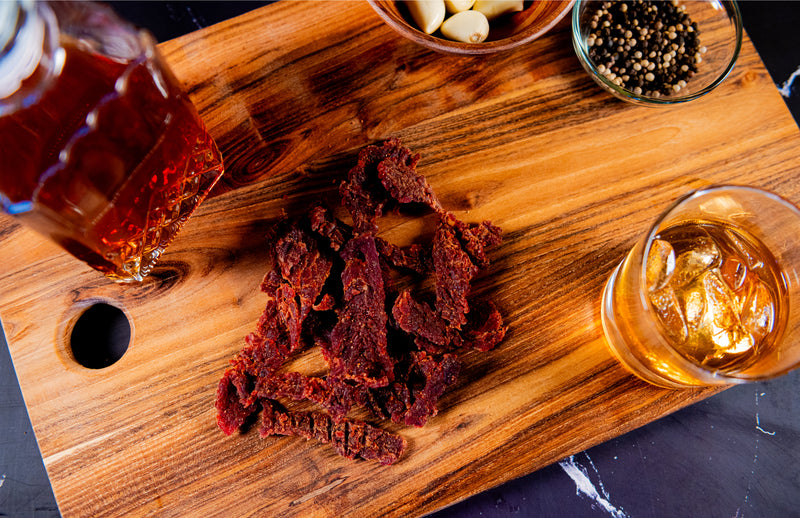
Smoked Beef: Characteristics, Nutritional Value & How to Identify
Smoked beef is beef that is cooked slowly with wood smoke. It takes between 6 and 18 hours, depending on the cut. The Kansas State University Meat Science Department (2022) states that the process of slow smoking results in collagen degradation and increases tenderness.
The smoking is done at 90 °C to 120 °C. Hickory, oak, and mesquite are hardwoods that emit phenolic compounds. These substances are primarily guaiacol and syringol which provide aroma and flavor. USDA confirms that smoked beef has lower moisture because of slow dehydration.
Smoked beef has a pink halo of smoke. This is due to the reaction of nitric oxide with meat pigments. The Texas A&M University researchers demonstrated that this chemical reaction was able to stabilize the color even after long cooking (2021). The ring is often 8 to 10 mm deep.
The meat is still used in barbecue, cold meat products, and delis. It is also present in more than 7 traditional dishes across the globe such as American, Turkish and South African smoked beef recipes.
What is the Nutritional Value of Smoked Beef?
Here are six major nutritional facts of smoked beef:
- Calories: Beef Smoked beef has 133-189 kcal per 100g, depending on cut and fat content. Lean cuts have fewer calories, whereas fatty cuts such as brisket have more because of the higher fat content.
- Protein: It contains 20 to 27 g of quality protein in 100 g. This assists in the repair and construction of body tissues. The 9 essential amino acids are present in smoked beef and therefore it is a complete protein source.
- Fat Content: Fat is between 4.4 g and 12 g/100 g. Brisket has a higher amount of saturated fat compared to other cuts, such as the top round which is leaner. The level of fats is dependent on the trimming and preparation type.
- Sodium: Pre-cooked or aged smoked beef contains 900-1400 mg of sodium in 100g. This prevents meat spoilage and adds flavor at the cost of more salt. Homemade or inexperienced ones have less sodium.
- Vitamins & Minerals: Smoked beef is a source of vitamin B12, niacin, and B6. It is also a source of 2.8mg iron, 3.9mg zinc and 19.7mcg selenium per 100g. These nutrients promote the health of the blood, immunity, and energy.
- Health Note: Smoked beef is very nutritious but it includes salt and smoke substances. Occasional consumption helps to balance. Smoked meat can also contribute to the consumption of sodium and polycyclic aromatic hydrocarbons that affect long-term health.
Shop the best-selling Fiery Jalapeno Beef Jerky - Brisket & Straight Whiskey Beef Jerky - Brisket
What are the Characteristics of Smoked Beef?
Here are four defining attributes of smoked beef:
- Texture: Smoked beef is tender and juicy due to slow cooking which breaks down collagen in the meat. The dry heat and spices also create a firm outer layer known as the bark, which makes the outside crisp and the inside soft.
- Flavor Profile: Smoked beef is smoky, savory and rich. Wood type varies: hickory is bold, applewood is sweet and mesquite is earthly. Spices such as salt, pepper, and garlic also determine the end taste of the beef.
- Appearance: Smoked beef is darkly crusty, with the pink ring of smoke visible, often 8 to 10mm deep. The ring is a result of a reaction between nitric oxide and meat pigments. The external crust is browned with spices and low heat.
- Aromatics: Wood smoke has a strong smoky aroma of smoked beef. Such compounds produce these smells as guaiacol and syringol. Spice rubs provide additional dimensions of flavor like pepper, cumin or herbs, which mix well with the smoke.
How to Identify Smoked Beef?
Here are four obvious means of detecting smoked beef:
- Color: Smoked beef has a pink smoke ring below a dark outer crust, typically 8 to 10mm deep. This ring is created when the nitric oxide in the fire of burning wood combines with the myoglobin in the meat during the long, indirect exposure to heat.
- Texture: Low and slow-smoked beef is soft and easily falls apart because the collagen is broken down. The texture remains sliceable in hot-smoked versions. The bark on the outside is dry and crisp to give contrast to the damp and tender inside.
- Packaging: Smoked beef is available as deli meat, in barbecue-type pieces, or whole cuts. Vacuum-sealed packs maintain aroma and moisture. Bark, smoke ring, and marbling are often visible in clear packaging. Barcoded tags usually contain the weight, date as well as meat grade information.
- Labeling: The labels of the products refer to smoked beef, smoked brisket or smoked pastrami. Other names are hickory-smoked or applewood-smoked. There are commonly labels that contain the ingredients, curing process, USDA inspection marks to assure quality and method of smoking.
How is Smoked Beef Made?
Here are the five steps outlining how to prepare smoked beef in detail:
- Meat Selection: Smoking is popular on brisket, short ribs, chuck, and round. These cuts have sufficient fat and connective tissue to remain moist and tender when smoked over a long process, avoiding drying and improving flavor.
- Seasoning: Seasoning refers to the use of dry rubs or marinades that are high in salt, pepper, paprika, and garlic. To prevent bacteria and preserve the color of meat, nitrates are added during the curing process. These steps increase flavor and contribute to the formation of the bark in smoking.
- Hot Smoking: Hot smoking is the process of cooking beef at 225_275°F (107- 135 °C) and 6 to 18 hours, depending on the size of the cut. This process dissolves collagen to create tender meat that has a smoky crust, a combination of flavor and cooking.
- Cold Smoking: Cold smoking involves long durations of temperatures less than 90°F (32 °C). It imparts flavor and does not cook the meat, which must be cured first. This technique is appropriate for deli meats such as pastrami and smoked corned beef.
- Wood Types: The Choice of wood has a significant influence on flavor. Hickory has a strong, bacon-like flavor. Oak has a medium smoky flavor. Applewood smokes mildly and sweetly. Mesquite produces a strong, earthy smoke that is nice in bold barbecue.
- Cooking Time: Smoked beef takes 6 to 18 hours, depending on the size and thickness of the cut. Brisket requires 12-18 hours and thinner cuts such as round require 6-8 hours. Low heat continuously breaks down collagen and maintains moisture.
How to Cook Smoked Beef at Home?
Here are five specific and professional tips on how to cook smoked beef at home:
- Low & Slow: Maintain temperature of 225 to 250°F (107 to 121 °C) to ensure uniform collagen degradation. Low heat in the range of between 6 to 18 hours tenderizes connective tissue and does not dry meat. USDA confirms that slow cooking increases tenderness and texture in tougher beef cuts.
- Use a Smoker/Grill: Use an offset smoker, pellet smoker or indirectly heated charcoal grill. Offset smokers have superior control of the smoke. After every 45 minutes, add 4 to 6 ounces of wood chunks to ensure even smoke without overwhelming flavor.
- Moisture Control: Add a pan of water under the beef to stabilize the temperature and moisture. When the meat reaches 160 o C, wrap it in foil or butcher paper to minimize moisture loss and force the meat through the stall, at which point the inside temperature ceases to increase.
- Resting: Braise beef 30 to 60 minutes in foil or a covered tray. This equalizes the internal juices. Certified Angus Beef guidelines point out that resting enhances flavor, slice quality, and juiciness through loss of surface liquids.
- Slicing: Slicing perpendicular to muscle fibers. This makes fibers shorter and less chewy. In the case of brisket, the flat and point muscles are differentiated before slicing because of their varying grains. Slice thickness: 1/4 inch, ideal texture.
What are the Buying & Storage Tips for Smoked Beef?
Here are four tips to purchase, store, and reheat smoked beef safely and efficiently:
- Buying: Barbecue restaurants, butcher shops, and delis sell smoked beef. Vacuum-sealed packs exist in pre-packaged options. Check labels of cut type, wood used and cooking method. Select beef that has visible bark and has a clear smoke ring.
- Storage: Within 2 hours after cooking, refrigerate smoked beef. Keep in airtight containers at 4 °C (40°F) or lower. It can remain safe and tasty for 3-4 days. Label boxes with the date to monitor the accuracy of freshness.
- Freezing: Smoked beef can be frozen at -18 o C (0 °F) and stored for 2-3 months. Seal in foil or vacuum-sealed bags to prevent freezer burn. Store in portions to minimize wastage and to thaw quickly when required.
- Reheating Tip: Slowly reheat in the oven at 250°F (121 °C) in foil to keep it moist. Before closing, add a splash of broth or water. Safely heat until internal temperature is 74 °C (165°F) to achieve juicy results.
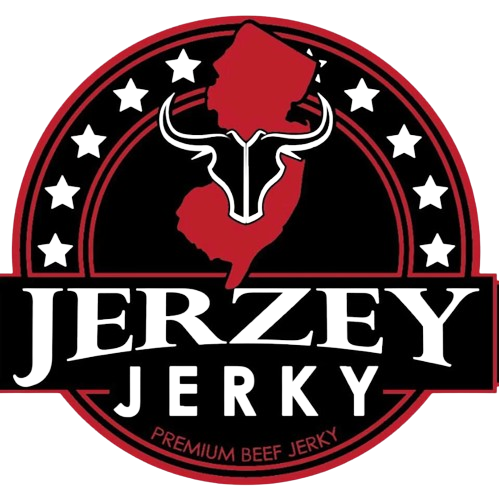
 2025-09-11
2025-09-11
 Wayne Holland
Wayne Holland

